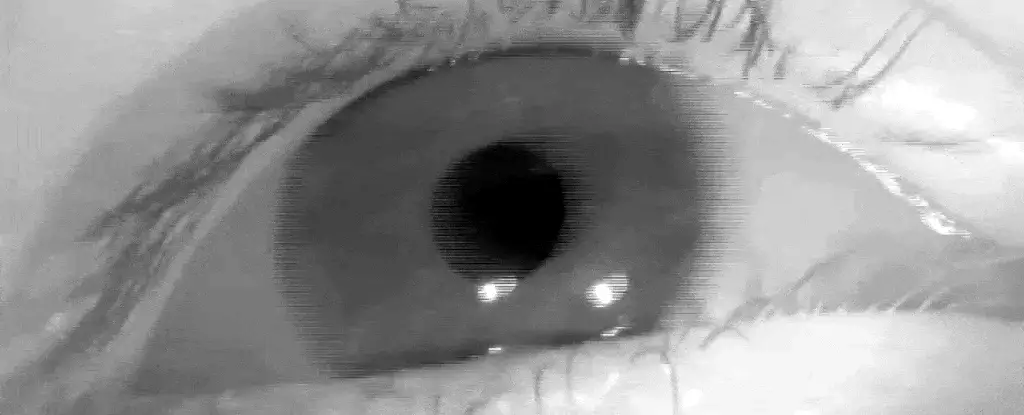Alzheimer’s disease poses one of the most pressing challenges in modern medicine, both for individuals and healthcare systems worldwide. Early detection is crucial not only for timely intervention but also for improving the quality of life for patients and their families. The traditional methods of diagnosis often involve extensive cognitive testing and neuroimaging, which can be expensive, invasive, and require specialized equipment. This has led researchers to explore innovative, cost-effective methodologies for earlier and more accessible detection.
Recent studies have highlighted the vital role of saccadic eye movements—the rapid, jerky movements of the eyes that occur when switching focus between points—as potential indicators of cognitive decline. Initially, individuals with Alzheimer’s may exhibit subtle changes in these movements, such as a slowdown or inaccuracy. The premise is that these changes, though imperceptible to the naked eye, can be measured and analyzed to assess cognitive health. As Alzheimer’s progresses, these saccadic movements become increasingly dysfunctional, which highlights their potential as an early diagnostic marker.
A groundbreaking approach now being tested involves utilizing microphones embedded in wearable devices to capture the sounds generated by eye movements. This technique stems from the pioneering work of a research team led by electrical engineer Rachel Bouserhal and neuroscientist Chris Niemczak. Their hypothesis is that the physiological signals produced during saccadic movements generate tiny vibrations detectable through sensitive microphones. By measuring these vibrations, researchers hope to create a diagnostic tool that could sensitively gauge a patient’s cognitive health without the complications associated with traditional eye-tracking equipment.
According to electrical engineer Arian Shamei, the manipulation of eye movements is an intricate interplay between motor skills and cognitive function. These movements are executed with remarkable speed and precision, allowing individuals to construct a coherent visual representation of their environment. In patients with Alzheimer’s, however, as cognitive function deteriorates, these movements begin to lag—shifts that result in slight delays and inaccuracies. Capturing this data non-invasively presents a major advantage, making the auditory monitoring method not just a technological marvel but also a practical solution for widespread implementation.
The innovation does not merely stop at identifying eye movement signals; it extends to leveraging hearable technology—specifically, earpieces equipped with microphones. Miriam Boutros explains that these devices will provide continuous monitoring capabilities, enabling long-term tracking of saccadic movements. This approach promises to be non-invasive and accessible to individuals from various backgrounds, with varying levels of literacy and familiarity with medical technology. The dual approach of implementing both audio capturing and traditional eye-tracking methods on a sample group of 70 participants will allow for comprehensive data analysis and comparison.
While the current study focuses on Alzheimer’s, there lies potential for broader applications of this technology. Saccadic latency abnormalities are not exclusive to Alzheimer’s; they can manifest in various neurological and psychiatric disorders. The objective is to develop this technique into a versatile monitoring tool that can differentiate between multiple ailments based on the unique patterns embedded within the auditory signals captured from the ear.
The team’s advancements signify a notable shift in Alzheimer’s research methodologies. By shifting the focus from conventional diagnostic practices to innovative auditory monitoring, they herald a new era in cognitive health assessment. Presenting their findings at the 187th Meeting of the Acoustical Society of America, these researchers pave the way for developing affordable, user-friendly diagnostic tools. As ongoing trials commence, the prospect of early and accurate Alzheimer’s diagnosis inches closer to reality—offering hope for improved patient outcomes and a deeper understanding of cognitive decline. The integration of innovative technology with neuroscience could well transform future diagnostic practices not just for Alzheimer’s, but for a host of other cognitive disorders as well.

